Live Review: Apollonian Hijinks Make Light of Mozart’s Requiem at the BSO (2009.03.05)
Audio clip: Adobe Flash Player (version 9 or above) is required to play this audio clip. Download the latest version here. You also need to have JavaScript enabled in your browser.
MP3: Mozart – Requiem Mass in D Minor, III. Sequentia: Dies Irae
Audio clip: Adobe Flash Player (version 9 or above) is required to play this audio clip. Download the latest version here. You also need to have JavaScript enabled in your browser.
MP3: Mozart – Requiem Mass in D Minor, V. Sanctus: Benedictus
Guest conducting this night: Jun Märkl, winging our way from the faraway Leipzig Radio Symphony and the Orchestre de Lyon. He led us on an unexpected journey from Neoclassical Greek pastoral to the hearty Dominus et Deus German Classicism of Wolfgang Amadeus Mozart’s Requiem.
Our appetizer: the plotless ballet Apollo – a gem of calm, ordered balance – from the tone-filled brain of Ruskie exile: Igor Stravinsky. (Apropos of the occasion, I’m writing this dispatch from West Hollywood – WeHo – where Stravinsky made his home).
Whereas last week I berated the duration of Chicago’s Stravinsky-focused performance, I delighted as the BSO lingered over Apollo. The BSO, stripped down to its string core, delivered with polish. Closing your eyes, you could see near-naked dancers in bits of gauze floating and flitting around the cellos and violins, peeping a bared leg out from behind the basses. The “Birth of Apollo” is accomplished by lush triumph with a little violin flutter. Deeper bass and cello meanderings sound off Leto’s labor pains in bringing forth her divine twins.
Conductor Märkl pivots on the foot like a dancer in the court of Louis XIV — the model for this very ballet. His arms sweep long and graceful over his players’ heads. Jonathan Carney, this performance’s Apollo, sings sweet, sawing on his Strad with supple lines. Assistant concertmaster, Igor Yuzefovich flits around Carney’s notes like a muse prancing before her god. The cellos turn positively goat-like – a little gruff, a little prancing – offering the only darkness in the piece, which we can easily draw up over our laps like a blanket of soft cloud. All in all, we hear how far an orchestra can run on strings alone.
Enter the choristers. The Baltimore Choral Arts Society lent their fantastic scope to the night’s travels, as if our intermission took us on a fast train from B.C. Greece to 18th century Vienna. Call it “all-gauze-and-azure forgotten.”
Two trumpets formed the right flank, alongside the timpani, while the trombones took the left. Strings formed the front guard with a few bassoons, while the choristers brought up the rear with crisp force in full. Four soloists took center front. Of them, we applaud the soprano, Christine Brandes, for the clearest ennunciation. Her mezzo-soprano counterpart, Susan Platts, sang far back in the throat, swallowing some endings but improving by the Benedictus. Our tenor for the evening, Roger Honeywell, first came across about as clearly as an old Victrola record playing in the far corner of the room.
All throughout the Sequentia the strings and their flanks of bronze lifted the voices like a principal dancer (in the days before Nureyev) whose job is to step back and show the lady. A lovely gesture, and well-intended, but I’d ask the orchestra to dominate a little more – especially in a piece known for its deathly dark overtones.
One of my friends warned me: “Leave after the Lacrimosa” – since Mozart himself didn’t put together the last bits. I’d have been happy to oblige and exit on the height of orchestral force where the horns come back in full on donna eis requiem. However, the textural layering of voices in the Offeratorium – contested protestations of promisisti – were fantastic.
At the Agnus Dei, the horns crest in a final big flare up and the strings resume a current of rumbling tension that proves we still have a little more supplication to do. The bassoons shine before collapsing into the waves of Lux Aeterna…eternal light.
Related posts
- Live Review / Photos: Wye Oak, Pomegranates, Cakes of Light @ Metro Gallery (2009.05.16)[Audio clip: view full post to listen] MP3: Wye Oak...
- Live Review: Time for Three Takes The Carpet Center Stage at the BSO (2009.09.24)[Audio clip: view full post to listen] MP3: Lester Flatt...
- Live Review: Brute and Beautiful – Petrenko & Shostakovich @ the BSO (2009.01.31)With supple force, sometimes delicate, sometimes with iron fist, conductor...
- Live Review: Prayer and Bath of Benediction – Mahler and Bernstein with Marin at the BSO (2009.04.05)I thought I could walk away from three Sundays ago’s...
- Live Review: Breathless Whirl of the Baltimore Waltz – Ravel @ the BSO (2009.01.15)The BSO, under the baton of visiting French conductor, Stéphane...



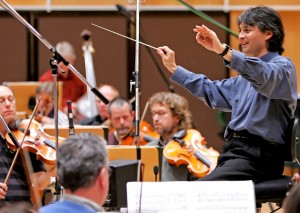


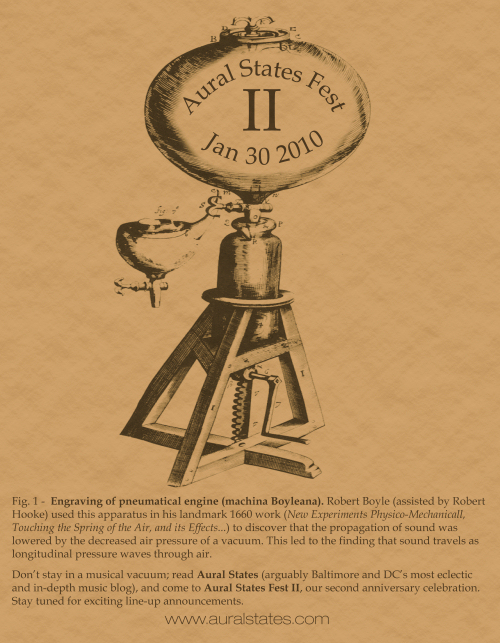
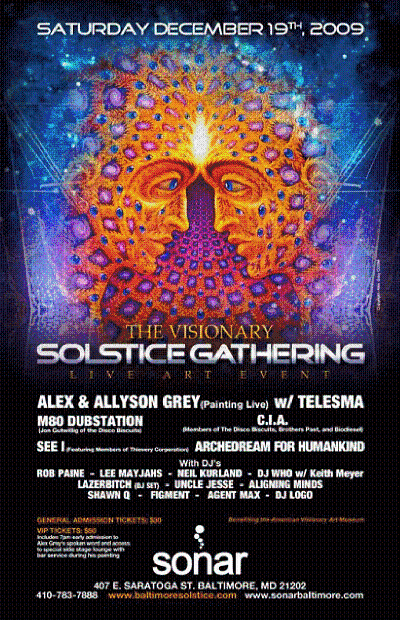













 Double Dagger: Masks EP
Double Dagger: Masks EP Pfisters: Narcicity
Pfisters: Narcicity Lizz King: All Songs Go To Heaven
Lizz King: All Songs Go To Heaven Imperial China: Phosphenes
Imperial China: Phosphenes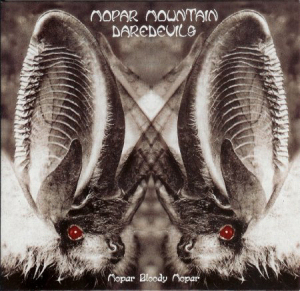 Mopar Mountain Daredevils: Mopar Bloody Mopar
Mopar Mountain Daredevils: Mopar Bloody Mopar Lonnie Walker: These Times, Old Times
Lonnie Walker: These Times, Old Times Built to Spill: There Is No Enemy
Built to Spill: There Is No Enemy Hypnotic Brass Ensemble: Hypnotic Brass Ensemble
Hypnotic Brass Ensemble: Hypnotic Brass Ensemble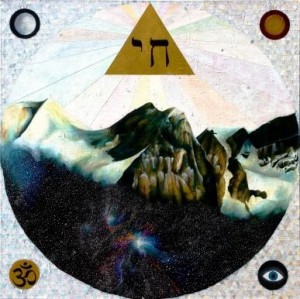 Secret Mountains: Kaddish EP
Secret Mountains: Kaddish EP Bela Fleck: Throw Down Your Heart: Tales From the Acoustic Planet, Vol. 3 -Africa Sessions
Bela Fleck: Throw Down Your Heart: Tales From the Acoustic Planet, Vol. 3 -Africa Sessions Lands & Peoples: Lands & Peoples EP
Lands & Peoples: Lands & Peoples EP Caleb Stine: Eyes So Strong and Clean
Caleb Stine: Eyes So Strong and Clean Wye Oak: The Knot
Wye Oak: The Knot Pontiak: Maker
Pontiak: Maker White Rabbits: It's Frightening
White Rabbits: It's Frightening Dirty Projectors: Bitte Orca
Dirty Projectors: Bitte Orca Double Dagger: More
Double Dagger: More Elvis Perkins in Dearland: Elvis Perkins in Dearland
Elvis Perkins in Dearland: Elvis Perkins in Dearland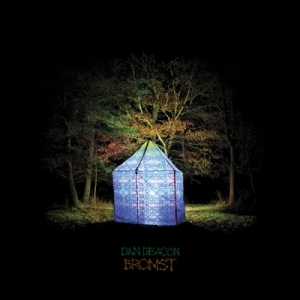 Dan Deacon: Bromst
Dan Deacon: Bromst The Thermals: Now We Can See
The Thermals: Now We Can See Soft Cement: Think About It EP
Soft Cement: Think About It EP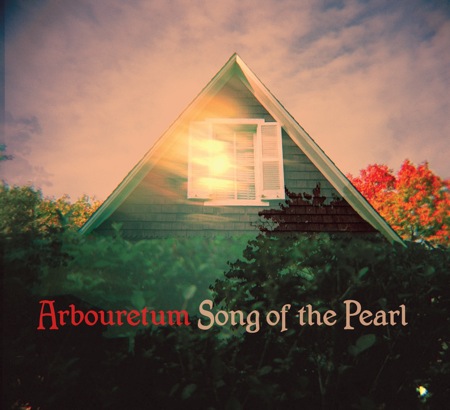 Arbouretum: Song of the Pearl
Arbouretum: Song of the Pearl The Pains of Being Pure at Heart: The Pains of Being Pure at Heart
The Pains of Being Pure at Heart: The Pains of Being Pure at Heart Benjy Ferree: Come Back to the Five and Dime, Bobby Dee Bobby Dee
Benjy Ferree: Come Back to the Five and Dime, Bobby Dee Bobby Dee Weekends: Weekends
Weekends: Weekends Height With Friends: Baltimore Highlands 12" LP, Limited-Run Vinyl Only
Height With Friends: Baltimore Highlands 12" LP, Limited-Run Vinyl Only Caverns: Kittens! EP
Caverns: Kittens! EP Little Joy: Little Joy
Little Joy: Little Joy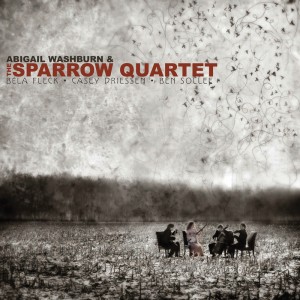 Abigail Washburn & the Sparrow Quartet:Abigail Washburn & the Sparrow Quartet
Abigail Washburn & the Sparrow Quartet:Abigail Washburn & the Sparrow Quartet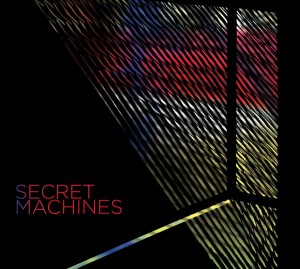 The Secret Machines: Secret Machines
The Secret Machines: Secret Machines The Bug: LondonZoo
The Bug: LondonZoo 13th Floor Elevators: Psychedelic Sounds of the 13th Floor Elevators (Vinyl Mono LP only)
13th Floor Elevators: Psychedelic Sounds of the 13th Floor Elevators (Vinyl Mono LP only) Arbouretum/Pontiak: Kale (Vinyl LP only)
Arbouretum/Pontiak: Kale (Vinyl LP only) Small Sur: We Live in Houses Made of Wood
Small Sur: We Live in Houses Made of Wood AbeVigoda: Skeleton
AbeVigoda: Skeleton ImperialChina: Methods: EP
ImperialChina: Methods: EP
Strange, I’ve always thought Mozart wrote the last movement of K.626. It is most moving, and clearly other parts aren’t as much so (The “Tuba Miram” — please!).